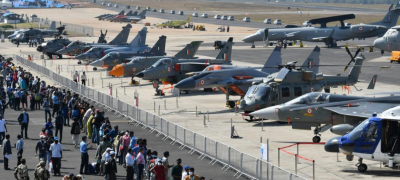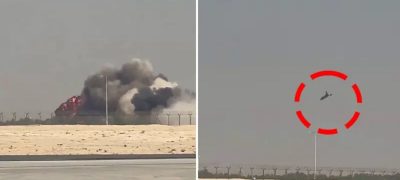A Tejas fighter jet of the Indian Air Force crashed during a rehearsal at the Dubai Airshow, raising concerns over the future of India’s indigenous combat aircraft program. The incident occurred during a high-speed maneuver, a feature that highlights the Tejas fighter jet’s agility and performance.
The aircraft, developed by the Aeronautical Development Agency and manufactured by Hindustan Aeronautics Limited (HAL), is solely designed, owned, and operated by India. While the Tejas fighter jet is promoted globally for export, India remains its exclusive operator.
The crash has reignited discussions on the safety, reliability, and operational readiness of India’s home-grown combat aircraft. Officials have assured that a detailed investigation will be conducted to determine the cause of the accident.
Several countries have expressed interest in acquiring the Tejas fighter jet. India has officially offered 18 trainer variants of the light combat aircraft (LCA) to Malaysia, according to the Defence Ministry. Other nations including Argentina, Australia, Egypt, the United States, Indonesia, and the Philippines have shown interest due to the aircraft’s advanced avionics, lightweight design, and competitive pricing.
Despite the growing international interest, no country has finalized a purchase yet. Analysts suggest this is partly due to complex approval processes and stiff competition from rival light fighter platforms. The Dubai Airshow was an opportunity to showcase the jet’s capabilities to potential buyers, making the crash particularly significant for India’s export ambitions.
The Tejas fighter jet is designed as a single-engine, multi-role aircraft with advanced avionics, radar systems, and lightweight composite construction. Its combination of agility, speed, and modern electronics makes it a competitive option in the global light combat aircraft market.
In other news read more about What is India Tejas Fighter Jet that Crashed During Dubai Air Show?
While India continues to rely on the Tejas fighter jet for its air force operations, the recent crash underscores the importance of safety, testing, and ongoing upgrades to maintain confidence among domestic and international stakeholders.









